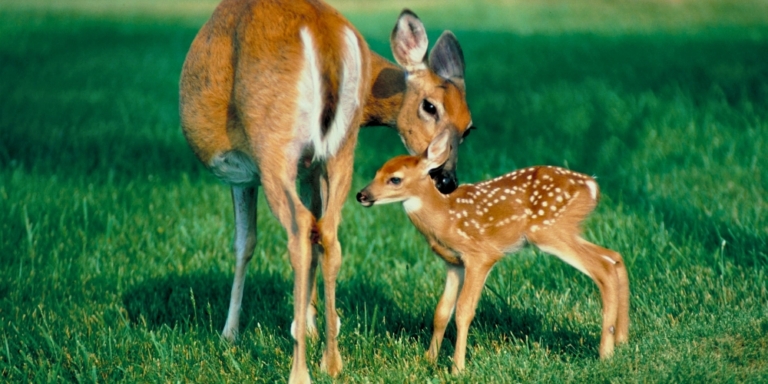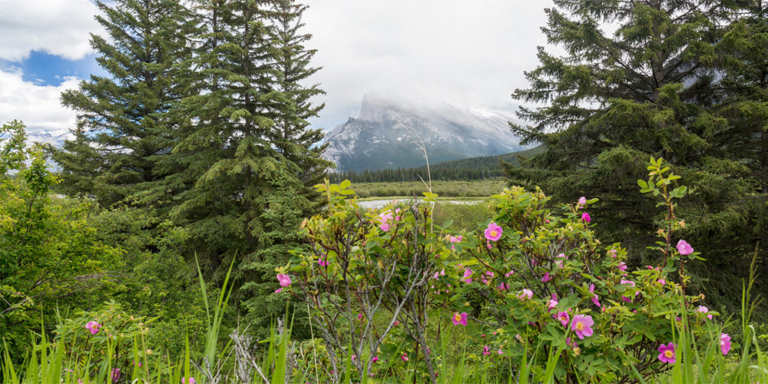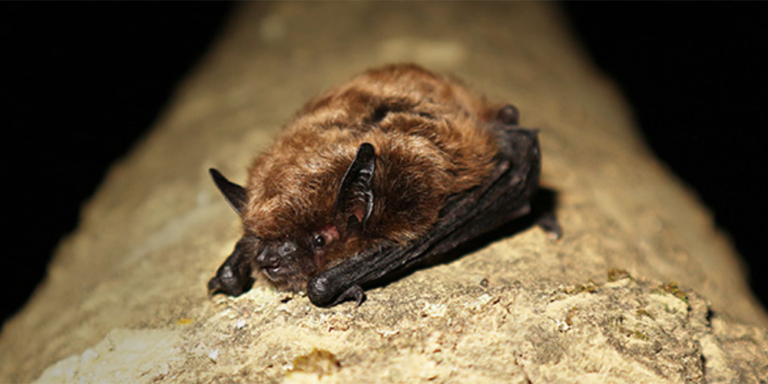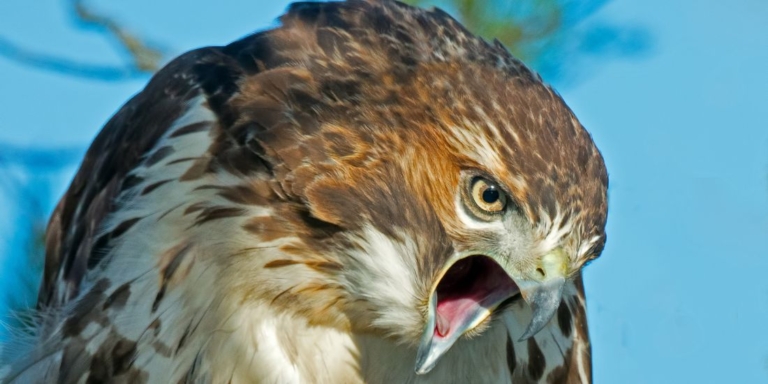You might have heard about Spray Lake Sawmills (SLS) (recently purchased by West Fraser Timber) plans to clearcut 1,300 hectares (2,700 acres) of forest in the Highwood drainage of Kananaskis Country.
The opposition to the clearcut has grown. It now includes a diverse coalition of environmentalists, local government officials, recreational groups, and wildlife advocates who had signed a letter to Minister of Forestry and Parks Todd Loewen asking for a moratorium on logging in southern Alberta.
So far, no moratorium has been announced, and the corporation has yet to start clear-cut operations that were initially scheduled to begin December 1.
Some of the concerned groups are expressing optimism that their voices have been heard, but others are unsure.
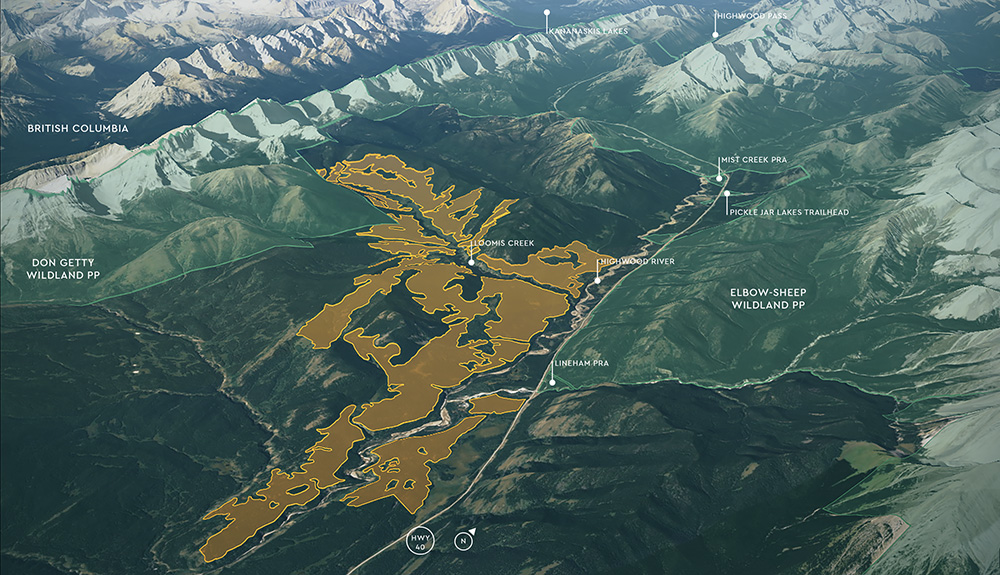

Cause for Delay?
The delay in logging may be because the logging corporation is waiting to hear from the Department of Fisheries and Oceans (DFO), who are investigating whether the bridge that SLS built over the Highwood River earlier this year violated the provincial Fisheries Act and the federal Species At Risk Act (SARA).


Media outlets and organizations that have requested information on the status of the investigation have been treated with silence by DFO.
But one person, Glenn Anderson, an avid flyfisherman, has successfully managed a response from the department.
Anderson had sent numerous inquiries to DFO asking if the corporation broke any rules when they built a bridge over the Highwood River this summer.
The response?
“DFO reviews proposed works, undertakings, or activities under the Fisheries Act that are likely to result in the death of fish or the harmful alteration, disruption, or destruction of fish habitat. DFO also reviews projects for activities that may affect aquatic species at risk in accordance with the Species At Risk Act.”
“As you indicated in your correspondence, DFO has not issued a Fisheries Act Authorization or Species at Risk Act permit for works in the area you describe. The Department is aware of the situation and has referred the file to our Conservation and Protection Branch,”
Locals are concerned that logging operations in the upper Highwood drainage area could have a negative impact on two species of fish. The bull trout and the Westslope cutthroat trout, both listed as threatened under provincial and federal legislation, inhabit this drainage.
Another delay for SLS is that Alberta Transportation and Economic Corridors had not yet approved a permit to haul logs over a section of Highway 40 through Kananaskis.
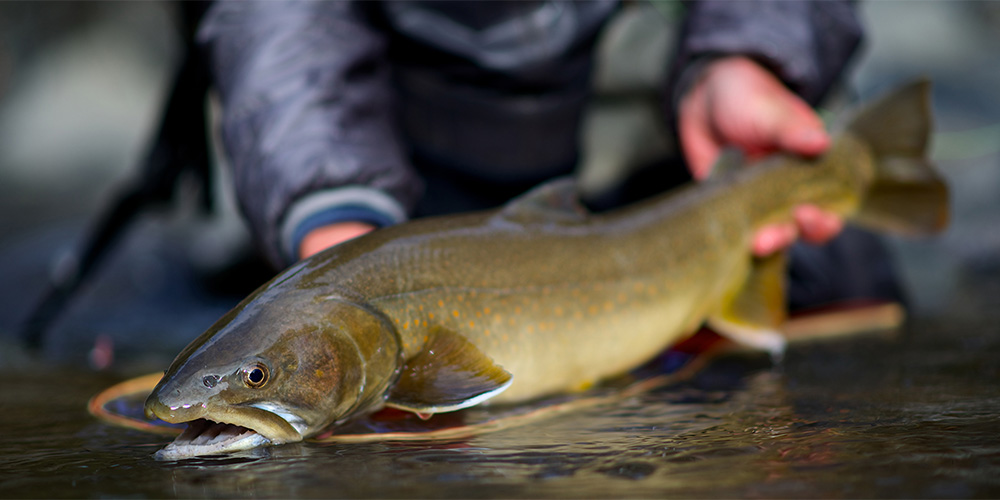
Concerns about Impacts on Water
Beyond the voices of environmental groups, recreationists, and fishermen, the Mayors of High River, Okotoks and the Village of Cowley also all support a logging moratorium in the Upper Highwood watershed. They are concerned about increasing the risk to drinking water for a significant portion of southern Alberta and the potential violation of interprovincial water allocation responsibilities.
The response of the province to letters they received from the mayors?
“(Our) province is home to world-class sustainable forest management frameworks, and forest management plans are developed using an integrated planning approach that incorporates watershed function, aesthetics, fisheries, wildlife, pest risk and damage, wildfire risk, and recreation.”
Standard government ‘non-answer.’
Modernize Forestry Laws
The Canadian Parks and Wilderness Society (CPAWS) held an online event on December 14 with Dr. Younes Alila from UBC, an expert in forest hydrology. Dr. Alila presented research showing that clearcutting harms forest watersheds.
He stressed the urgent need to update Alberta’s 60-year-old forestry laws to reflect current scientific understanding.
Dr. Alila warned that ignoring better forest management practices could be costly.
He explained that taxpayers might have to pay for expensive lawsuits, which are likely as science advances and supports the view that logging negatively impacts water supplies and increases downstream food risks.
Dr. Alila mentioned that countries in Europe and Asia, especially China, understand how clearcutting upstream worsens floods in terms of frequency and severity. However, he noted that this understanding is less common in western Canada and the US, where logging continues intensely.
He pointed out that China has completely banned logging in watersheds.
Josh Killeen, Conservation Science & Programs Manager at CPAWS, also supported the idea that the provincial Forests Act needs to change to prioritize ecological sustainability, with timber supply as secondary.
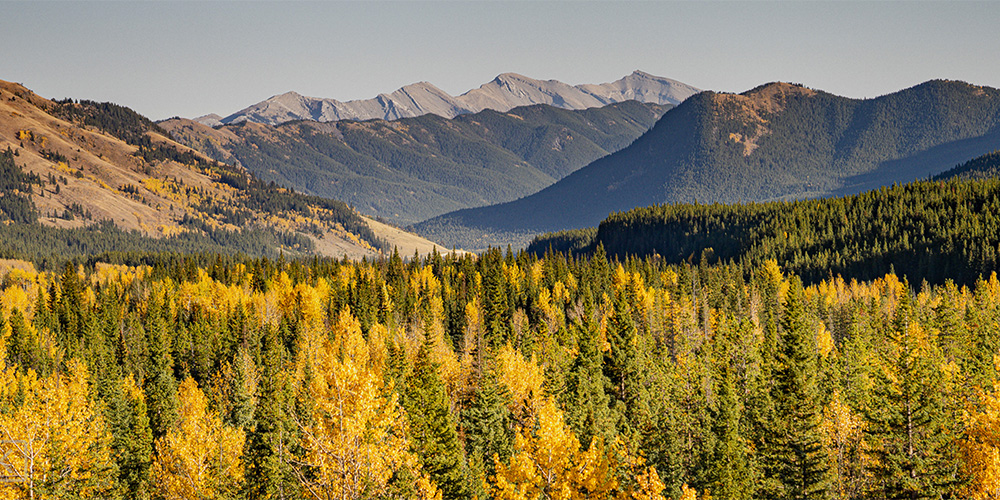

Gathering Science
CPAWS has employed an independent biologist to conduct a DNA study in the Highwood River and Loomis Creek. This study aims to understand the importance of the area for the endangered bull trout.
CPAWS points out how bias is built into the current approval process.
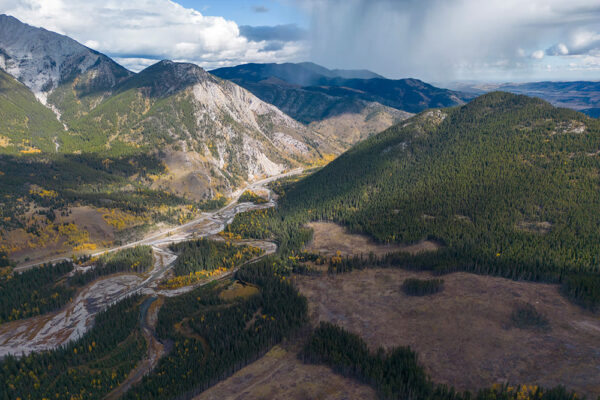

They explain that the DFO relies on logging companies to report if Bull trout live and breed in these areas.
CPAWS would prefer that such assessments be done independently, likening the situation to a fox being in charge of guarding the hen house.
The results of the CPAWS DNA study will land in 2024.
CPAWS’s Killeen expressed his frustration with how difficult it is for non-governmental organizations and the public to obtain scientifically based answers from government and industry.
Killeen expressed a careful optimism that public participation might be making a difference.
He suggested that the logging company might have temporarily stopped their activities because of public protests, and he is hopeful about this possibility.
The Cochrane Eagle contacted West Fraser Timber to ask about their logging plans.
Joyce Wagenaar, West Fraser’s communications director, replied that there is no machinery in the Highwood area currently. The corporation is arranging meetings with various groups to understand better their views, interests, and concerns regarding these significant forest areas.
Is SLS/West Fraser sincere, or is it just buying time until all permits are in order?
Time will tell.
Meanwhile, the opposition to the logging plans continues to grow.




